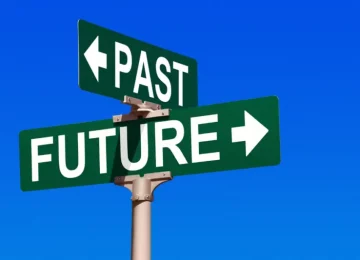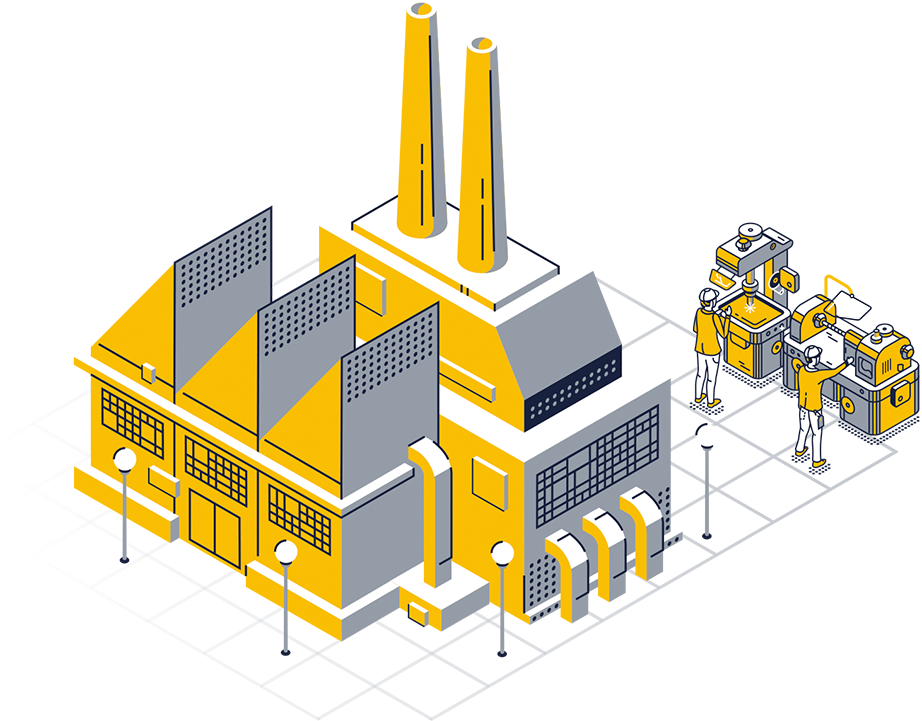July 3, 2017
By: Lyat Avidor Peleg
Singapore – Leading the Industrial 4th Revolution

Taking the opportunity of exhibiting in a conference in Singapore, and meeting plentiful and great people of the industry, Precognize renders an overview of what makes Singapore the shining city of Asia
When he was about to serve his second term, President Ronald Reagan spoke of how he saw “the shining city on the hill,” as he described the future of the country he had led for nearly a decade. But it turns out that the shining city of the 21st century isn’t on a hill, but an island; in the midst of the go-go economies of south Asia, Singapore has carved out a unique niche that could serve as a shining example of how to put technology to work to build a country and society that thrive – at all levels. That technology has gone a long way to transforming the country’s economy, to the extent that even traditional heavy industries, like petrochemicals and agriculture, are undergoing a tech revolution that is leaving the country cleaner and the people healthier.
The lessons for Asia as a whole are that indeed, where there is a will, there is a way. Many countries in Asia believe that the way to prosperity runs through the assembly line or the smokestack; perhaps China is the best example of that. That may have been true once – but Singapore proves that with modern technology, it is possible to have a productive economy that provides plenty of jobs in manufacturing and other areas that do not require PhD’s, ensuring that the majority of the population can work and earn a living wage.
It is no secret that Asia – and especially China – has become the “world’s factory” in recent decades. For China specifically, the strategy of industrializing and taking on the manufacturing jobs that the West really isn’t interested in has been particularly beneficial. So much so that the country is now the world’s second largest economy. But like the West, China, it turns out, saw the manufacturing revolution as just a means to an end; low tech manufacturing jobs are moving to places like Cambodia and Vietnam, while China is gearing up for a high-tech industrial revolution that will transform its dirty smokestacks into clean computer screens, robot arms, and high-end manufacturing plants.
Is the choice either clean, smooth computer screens and high-tech robotics, or dirty-smokestack factories – with nothing in between though? Is the “sweatshop method” the only one that can produce a pair of shoes at a price that makes it worthwhile for Western retailers to produce in the Far East? Similarly, China’s heavy industries have provided plenty of jobs for workers – but at the price of significantly increasing pollution in many of the country’s big cities. Steelmaking, coal mining, and natural gas production are backbones of the country’s economy – but everyone, from politicians to environmental experts, realize that things cannot continue the way they have been until now.
Poverty and pollution are the fruits of an economy based on “old tech,” and while that old technology has transformed China into one of the world’s most advanced economies in barely half a century, the country – as well as other Asian tigers who seek a more prosperous economy – now needs to find a better way forward. Clearly China can use some guidance on these matters.
That guidance can come from Singapore. This is a country that has engraved “Fourth Industrial Revolution” on its flag, vowing to use the best of modern technology – robotics, nanotech, communications – to build a modern economy that will encompass not only the tech services we’ve come to expect from modern economies, but the manufacturing technology and heavy industry associated with traditional economies. With a GDP of well over $50,000 US, a figure typical of an advanced, high-tech service economy – which it is; as the world’s third largest financial center, according to economists. But it’s also a world center of some of what are traditionally considered “smokestack” industries: it is also the 3rd-largest oil-refining and trading center in the world, the world’s largest oil-rig producer and major hub for ship repair services.
It’s in these industries that the tech revolution – called Industry 4.0 by some – is clearly evident, as the government pushes investment programs to automate and implement advanced technology in these heavy industries. In 2016, the government allocated more than $450 million budget over the next three years to support Singapore’s National Robotics Programme. Such efforts are paying off: In April, manufacturing output rose 6.7 percent on an annualized basis, with semiconductors especially strong.
Tech is also being used in heavy industries like petrochemicals and oil & gas. The IoT tech promises to lower costs, increase safety, and allow for more accurate production of products and deployment of services. Since these industries are massively regulated, the plants are obliged to collect mountains of data. The next step for these plants is to turn this existing data into actionable insights. These insights allow, among other things, to turn reactive patterns towards machine failure, to proactive ones. Precognize is doing precisely that. Leveraging on the existing data, it injects the plants’ experts knowledge into advanced machine learning to give a few, actionable alerts ahead of time.
The government is committed to increase the use of advanced technology in industry – creating an ecosystem that will develop Singapore into an advanced, high-tech economy that will lead the way and set an example for the rest of Asia. It’s a job that only Singapore can do – and knowing the country, it will do it right.





